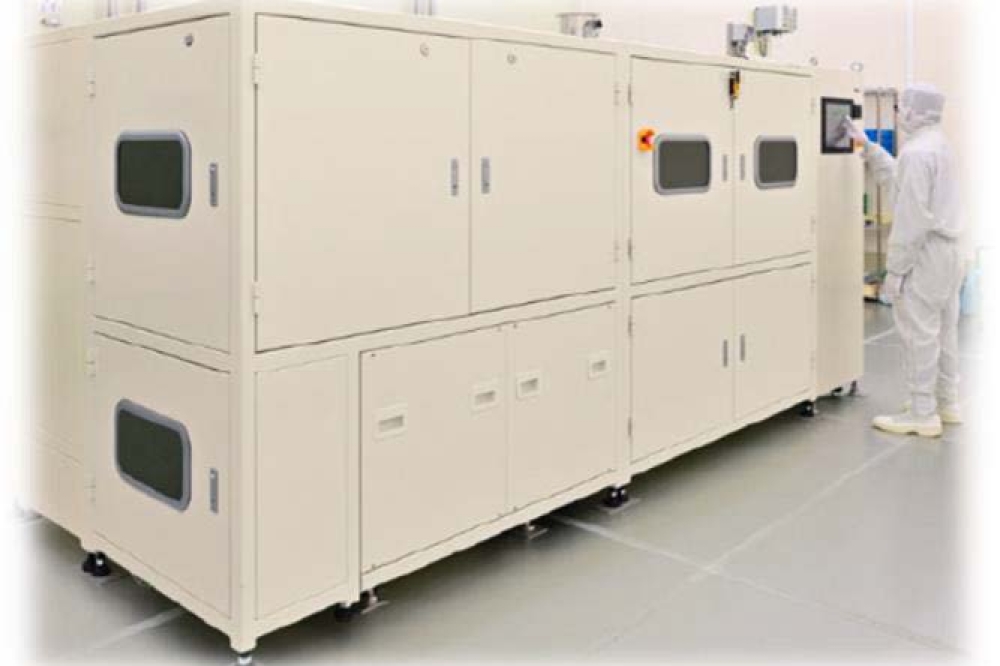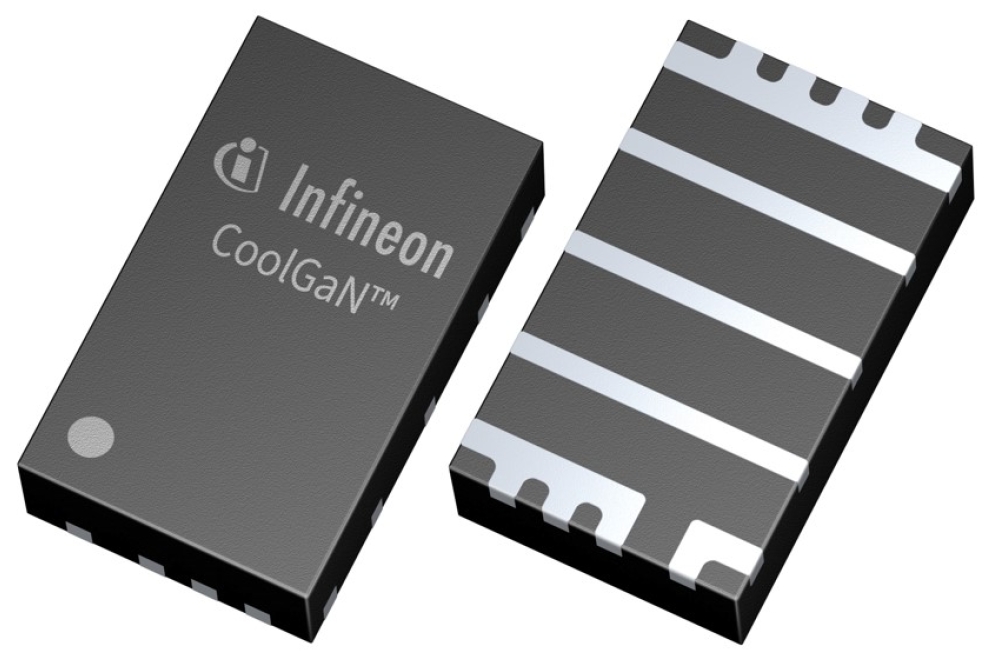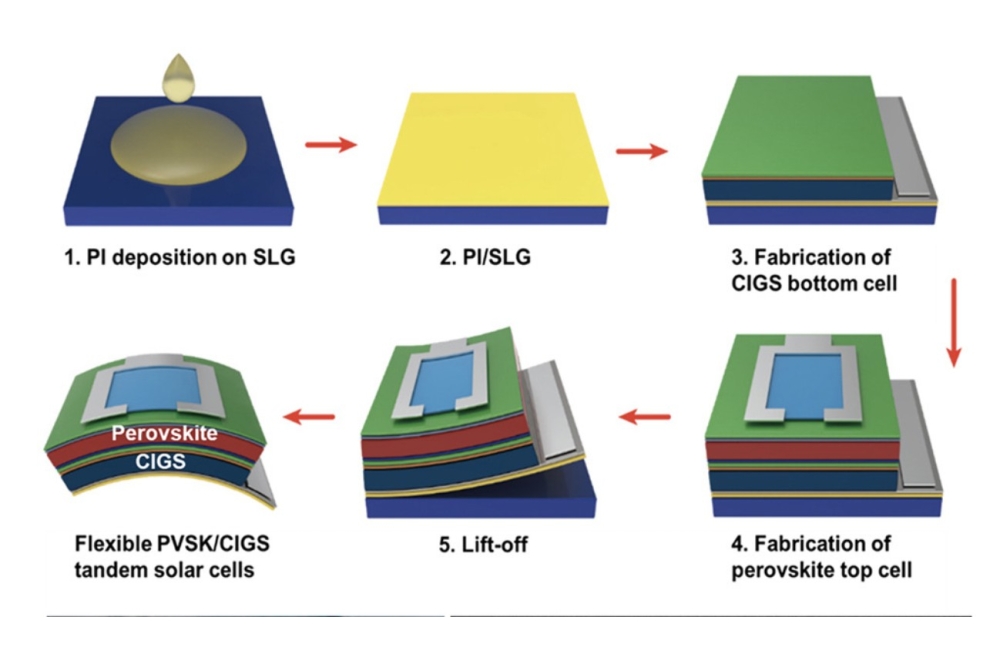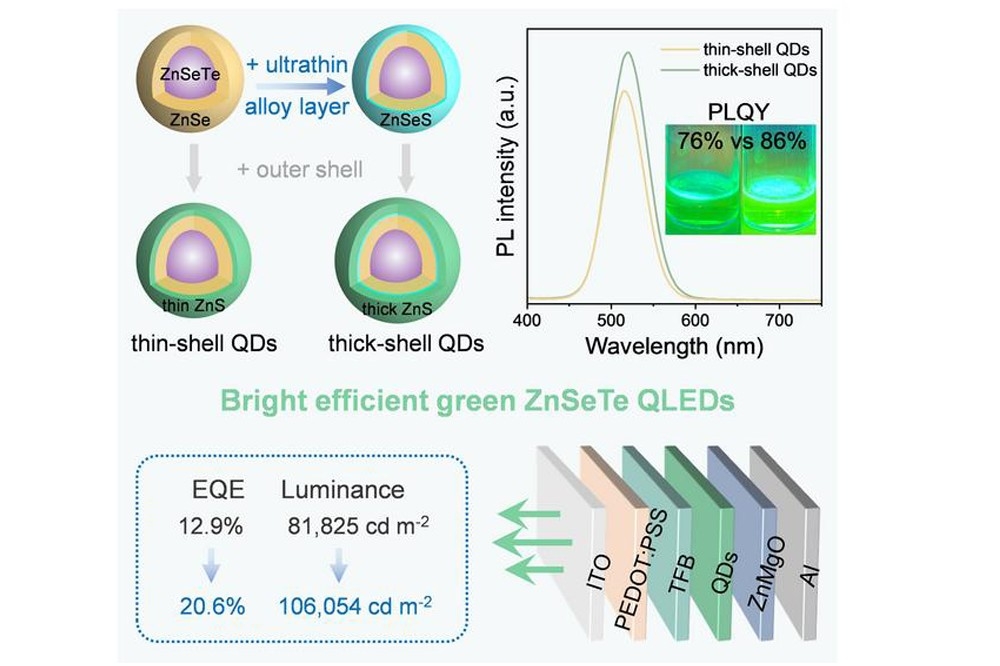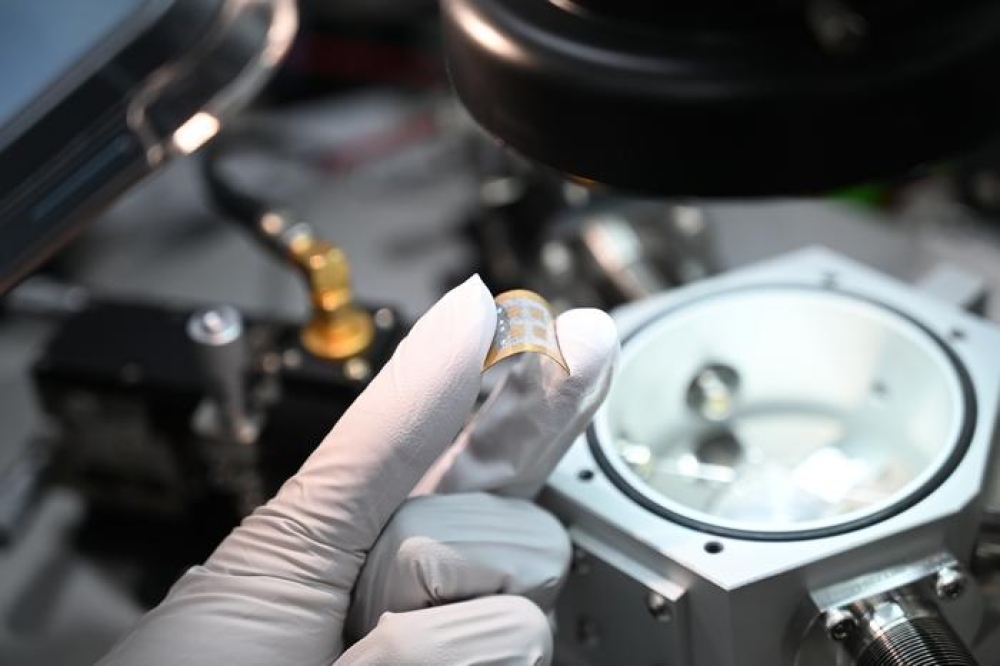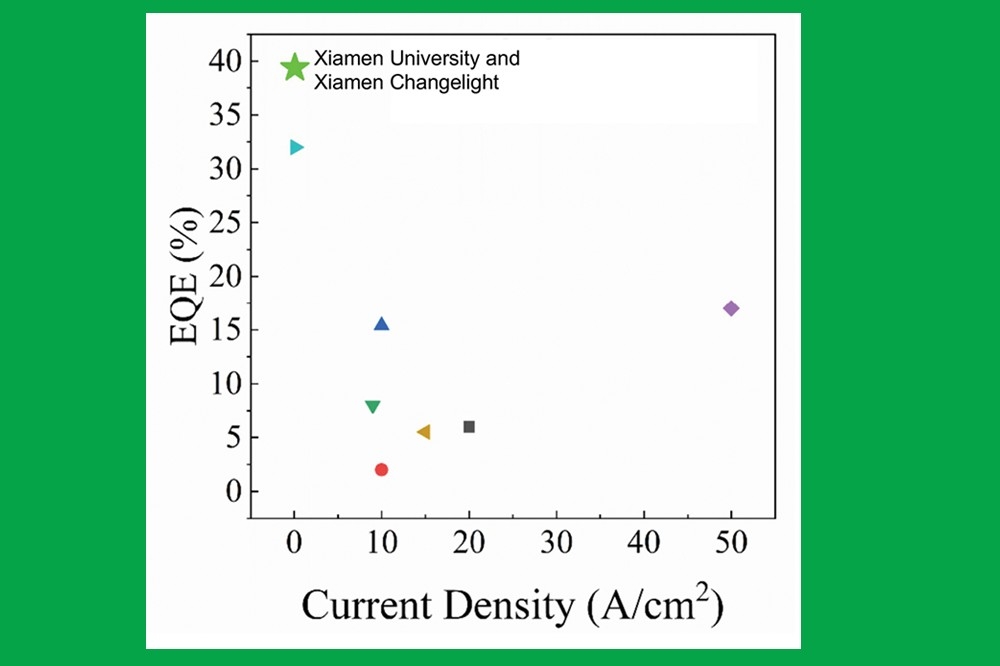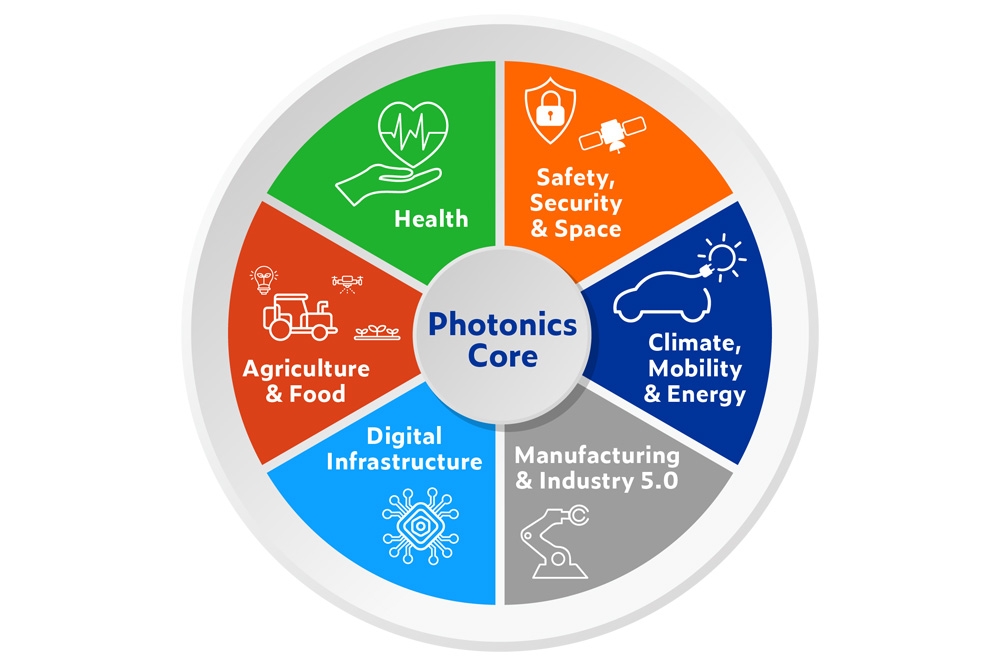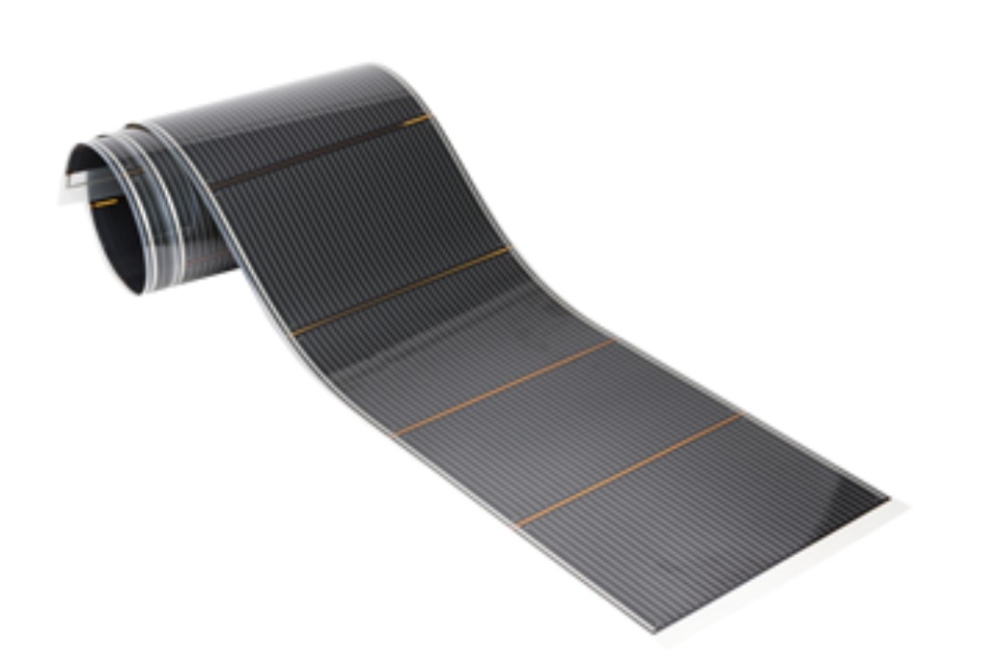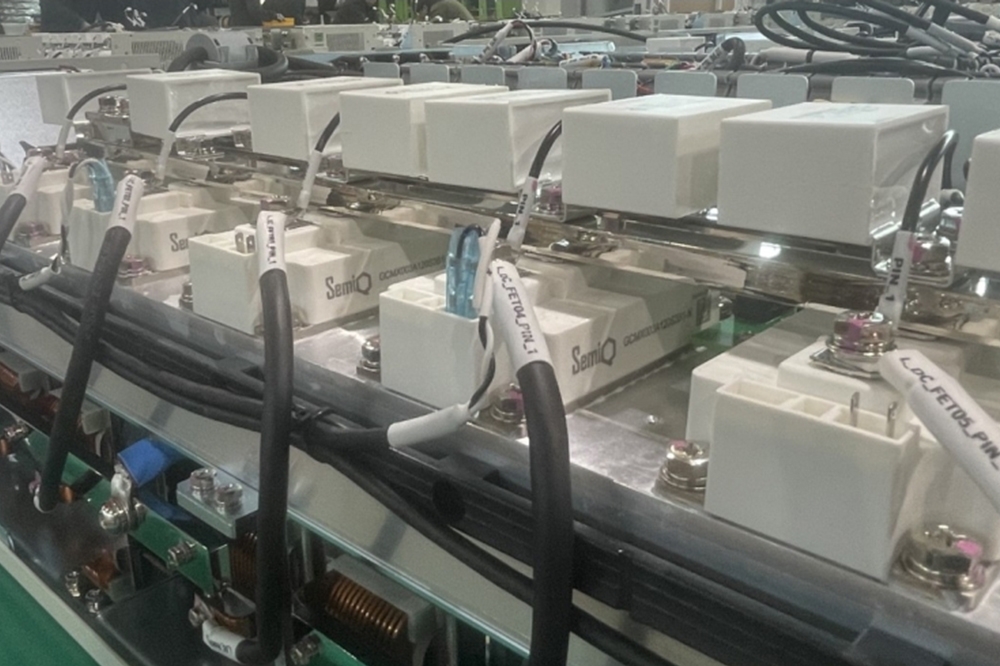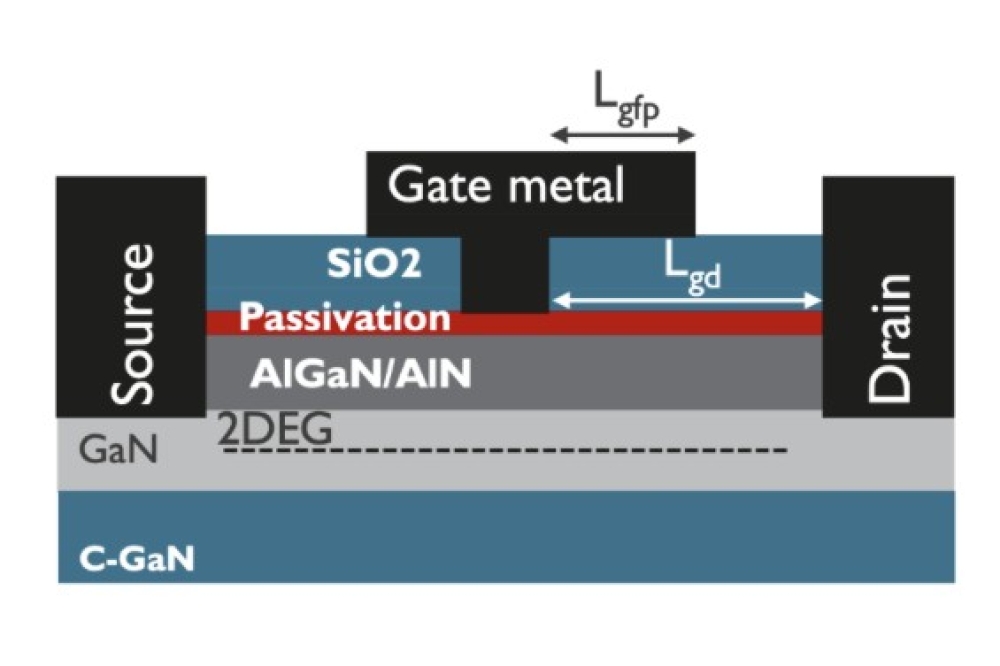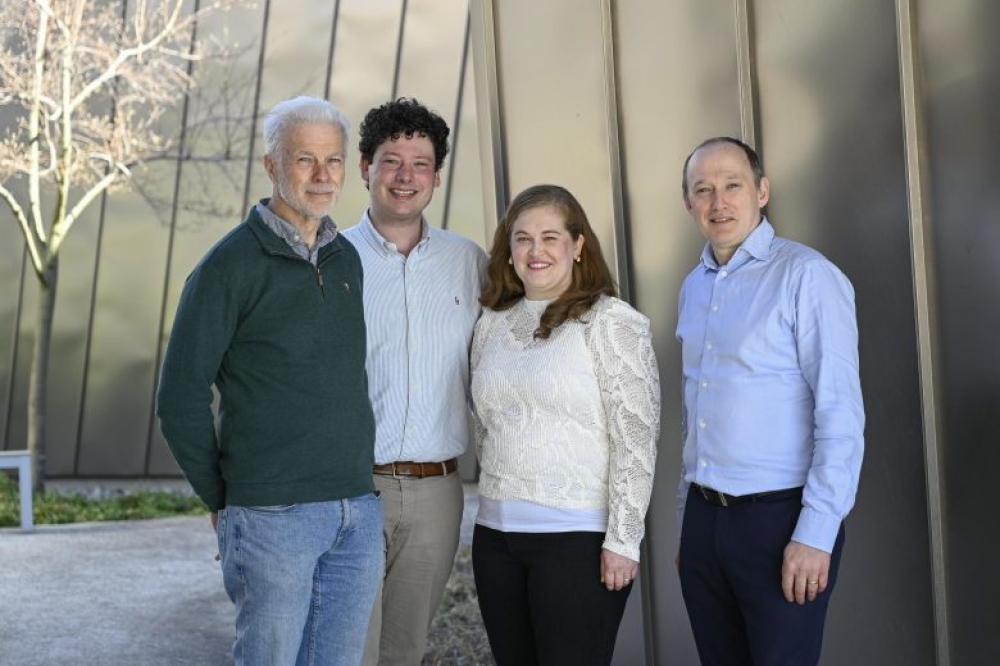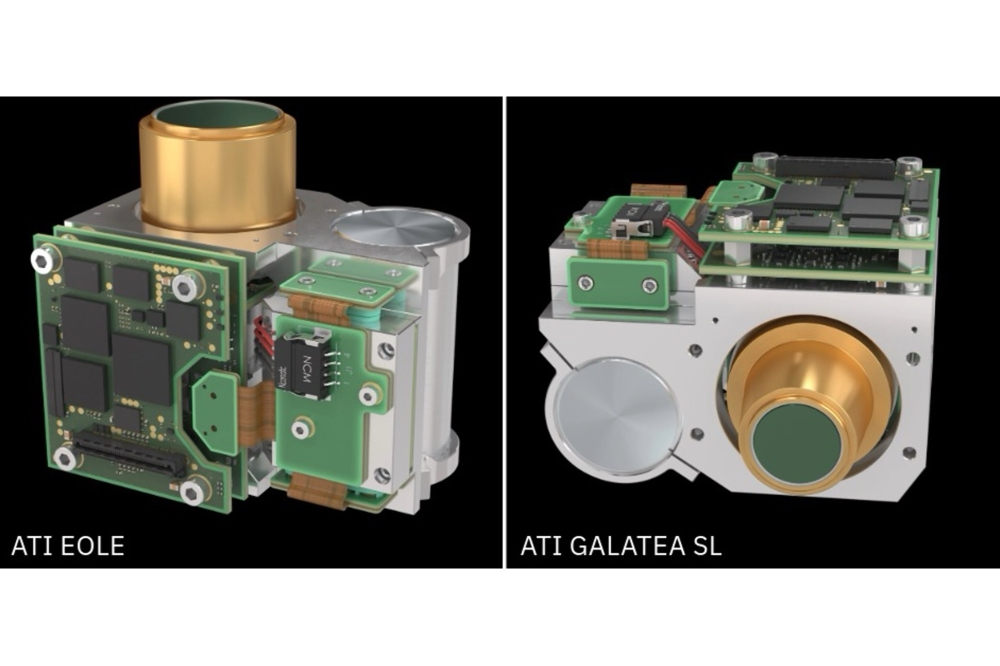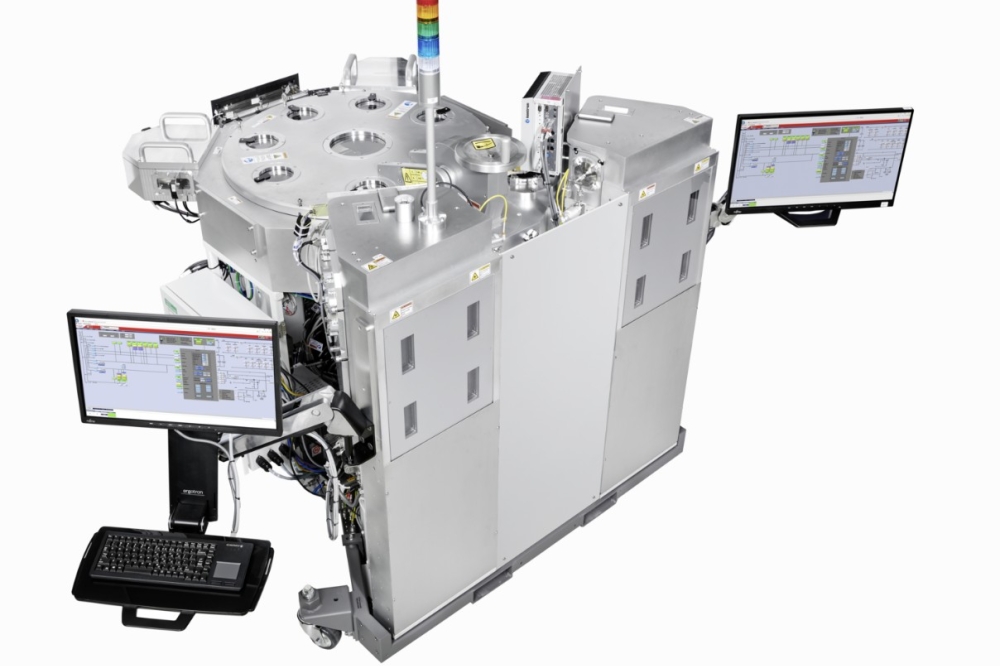Researchers scale perovskite solar cells with liquid crystals
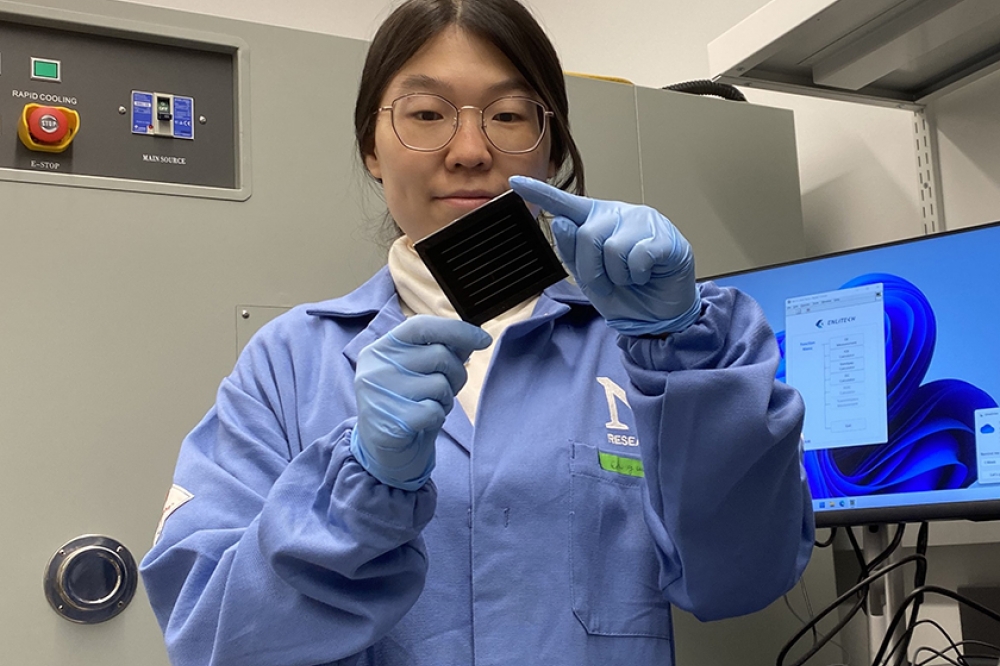
US team's technique improves efficiency to 26 percent for large-area modules
Organic-inorganic hybrid perovskite solar cells (PSCs) have shown promise to produce renewable solar energy. In small samples, they have achieved a solar energy-to-power conversion efficiency of 26 percent. Scaling up to allow PSCs to produce power on a larger scale, however, has been a challenge due to defects that arise from how the solutions are processed.
To combat this, a team led by Northwestern Chemistry and Northwestern Engineering researchers has developed a method that moves PSCs closer to industry adoption and widespread use.
Using liquid crystals that can respond to temperature change and avoid accumulating precipitation, the group enabled the protection of large-area perovskite films. This approach led to a 22 percent efficiency and a stabilised efficiency of 21 percent for solar modules with enhanced damp heat (85 percent relative humidity at 85 degrees Celsius) stability and a size of 31 sq. centimetres.
Before this effort, the highest certified stabilized aperture-area efficiency for perovskite solar modules exceeding 30 sq. centimetre was observed to plateau at approximately 19.5 percent. To reach a higher level, the team developed a new material processing method to achieve uniform protection from defects on large-scale perovskite films, enabling the record stabilised efficiency.
“The liquid crystal strategy helps address a critical issue in the scale-up of perovskite solar cells, which demonstrates the potential for more efficient and stable solar energy generation on a larger scale, making it more robust for real-world applications,” said Yi Yang, a postdoctoral fellow in the research groups of Ted Sargent and Mercouri Kanatzidis. “From a practical perspective, it underscores the limitation of applying well-established methods for small-sized devices to large-scale implementations. It highlights the necessity for developing tailored solutions to minimize performance gaps in the scale-up process.”
Yang and her colleagues reported their findings in 'A Thermotropic Liquid Crystal Enables Efficient and Stable Perovskite Solar Modules' published January 18 in Nature Energy.
Prior research on liquid crystals used them as common additives in perovskite films but overlooked their ability to change with temperatures. Their use in this fashion potentially allows the regulation of crystal growth and prevention of defects in large-area perovskite films.
The novel idea also presents more potential applications in the future.
“This methodology can be extended to the slot-die coating process, facilitating the production of larger-area perovskite submodules,” Yang said. “Exploring the functionality and phase structure of liquid crystal molecules presents an opportunity to enhance passivation effects and bolster device stability.”


